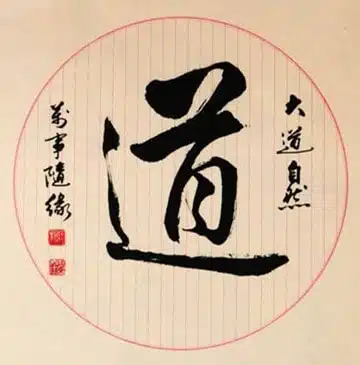Taoism, Tai chi and Yin-yang
Written by Clementine |
Taoism
Taoism is a local religion in China, taking “Tao” as the highest faith. “Tao”(Dao in pinyin), representing the universe itself and the laws of all things, is a mysterious existence beyond time and space. Taoism, based on the theory of Huang-lao Taoism Theory, inherits the development of the divine formula from the Warring States Period. Taoism is a polytheistic worship, and venerating deities is the Taoism’s belief in “Tao” personified embodiment.
Taoism regards “Tao” as the core theory, including lots of politic, economy, statecraft and military strategy such as Taoism and non-action, Taoism and nature, as well as simple dialectic thought. It is an extremely important philosophical school of “all the schools of thought”, which exists in various cultural fields of China and has a huge impact on the culture of China and even the world. Besides, these two famous books, Daodejing and Zhouyi, are the most important and classic books of Taoism.
Daoist temple is the site of Taoist activities. There are more than 2,000 registered temples in China. The Taoist temple in the following picture is Louguantai, a historic Taoist temple in Xian.
The Taoist priests are members of Taoism in China. They follow the teachings of the church, perform the rites of initiation, accept various precepts, and live a religious life that is regarded by secular people as pure and lonely but actually elegant. They usually wear the clothes of Taoist.
Tai Chi and Yin-yang
Tai chi and Yin-yang are important and basic concepts in the history of Chinese Taoist culture. The so-called Tai chi is to clarify the evolution of universe from the infinite to Tai chi. Thus, Tai chi is the state situation of universe before the heaven and earth separated and the chaos before Yin and Yang. Tai chi evolves into Liang yi that can be interpreted as Yin and Yang. Yin refers to the soft part of everything, while Yang refers to the hard part. These two parts are combined to form the existing world.










